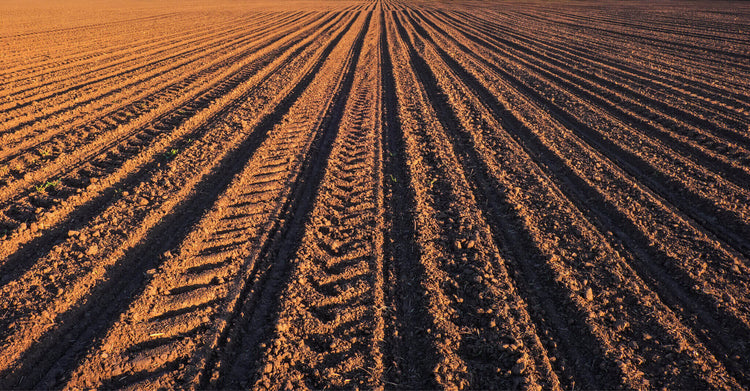In order to maximize crop production, testing the soil is key. But many wonder, how often should I run a soil test? Here is the information farmers need to know:
When should I run a soil test?
The short answer is now, if your most recent soil reports are more than two years old. If you have never sampled before then I would suggest setting up a plan to sample annually when you have time, and the fields are accessible. This can be any time of the year - spring, summer, fall, or winter. Once you have started sampling during a season you should continue with that schedule. The reason for this is to give you a more accurate comparison from year to year to see what changes have actually occurred from your management of nutrients.
If you pull samples in the fall one year, and pull samples in the spring the next year, it will appear that you have gained nutrients and could cause you to make a decision that would lower your yields. Spring soil readings generally will be higher than fall readings. So, it is preferable to stick with pulling samples at the same time as previous tests were taken for an accurate comparison.
Do I need to test for anything other than potassium, phosphorus and pH?
Absolutely, you should be getting a complete soil report that includes all micro and macronutrients including secondary nutrients such as sulfur, magnesium, sodium, and calcium. It is not possible to determine what may be needed to optimize yields from just two nutrients and a pH reading. At last count, there were more than 14 essential nutrients that have been identified for plants. If you do not test for these nutrients you may never determine what is needed for top production.
Where should I send my soil sample?
Send your samples to any commercial Ag lab that can provide a report that contains the calculated exchange capacity (CEC) of your soil, all five cations with the base saturation percentages calculated (potassium, calcium, magnesium, hydrogen, and sodium) and micronutrients extracted using a Mehlich 3 extraction process. There are many good labs across the country that can provide this protocol, including Waypoint, Midwest, Brookside, etc.
Pricing is normally $15.00 - $60.00 per sample.
What should I use to pull samples?
Obtain a stainless steel soil probe for this purpose and use it to pull 5 to 6 inch deep plugs from the sampled area.
Where should I pull samples and how many?
This can be a difficult question to answer depending on what you are trying to accomplish and the size of your budget. If you have soil reports from past years, sample the same areas for good comparisons.
If you are starting off and trying to determine why a certain area does not produce as well as others, pull four or five probes from the poor area for one sample and pull for 4 or 5 probes from the best-producing soil for a second sample. When you receive your two reports you should be able to readily compare the differences and then feel confident in what your plan of action should be to improve the poor areas.
Why is testing essential?
Regularly testing your soil will ensure that your input dollars are being spent wisely. AgriGro® offers prebiotics, fertilizer treatments, and other crop inputs that can enhance your farming efforts while boosting the soil’s biodiversity. Locate an AgriGro® dealer or contact our team to learn more about the science behind our products..


